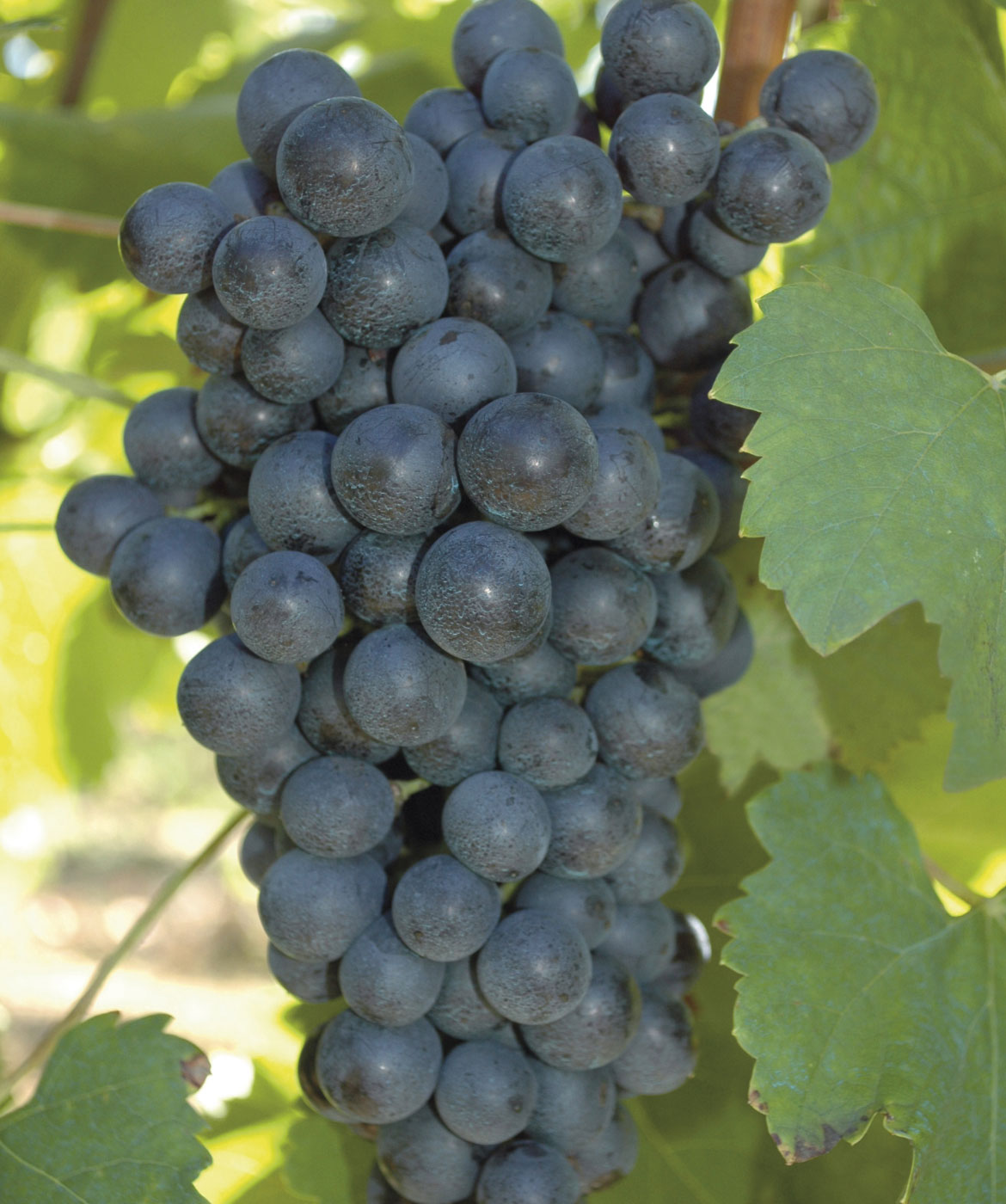
Barsaglina nera
An autochthonous Tuscan variety of which we have traces dating back to the late 19th century, Barsaglina Nera presents a shoot which is 10/20 cm long, a three-lobed or fivelobed pentagonal leaf and a medium-sized bunch, with a good weight and a compact pyramid shape. Production is good and constant and it is quite resistant to all pathologies. The resulting wine is characterised by a very deep colour and very typical mineral notes. This variety is suited to the production of single-grape wines, when used as part of a blend, it offers olfactory complexity, stable colour and gustative persistency.
Colorino
Colorino is named after the abundance of colour contained in the skin. Two types of this variety are cultivated in Tuscany: the classic type, known as Colorino del Valdarno, with reddish leaves and tendrils, and another in which the shoots are not red. The shoot is 10-20 cm long, the leaf is medium-small with three or five lobes, with a bright green slightly wrinkled upper surface. The bunch is small (with a relative length of 10-15 cm), semi-sparse, cone-shaped, with one or two wings. From the oenological point of view, Colorino del Valdarno is the classic coloured variety, with very round and persistent tannins. The wine is characterised by the scent of very ripe black fruit and a stability that stands the test of time brilliantly.
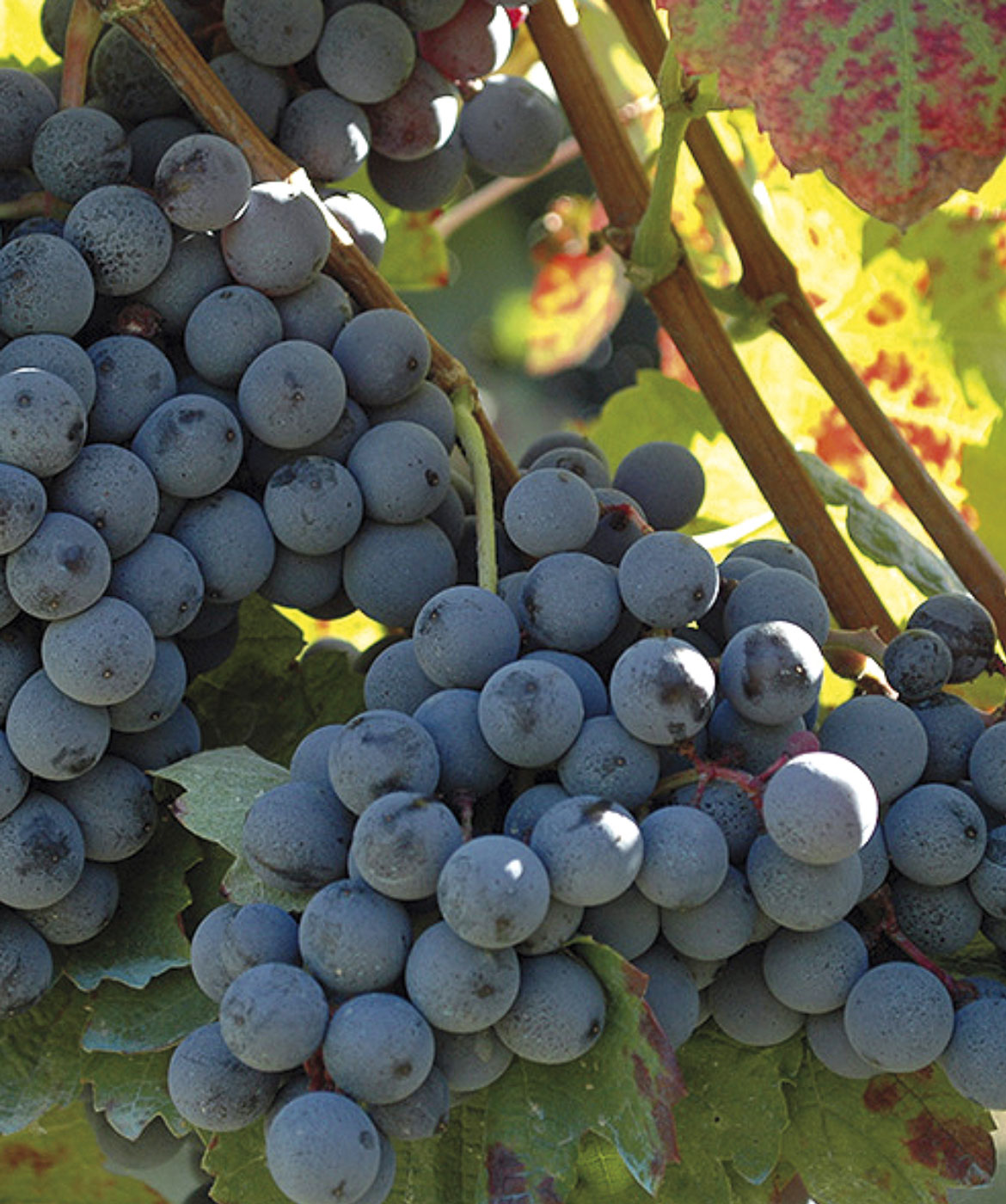

Colorino
Colorino is named after the abundance of colour contained in the skin. Two types of this variety are cultivated in Tuscany: the classic type, known as Colorino del Valdarno, with reddish leaves and tendrils, and another in which the shoots are not red. The shoot is 10-20 cm long, the leaf is medium-small with three or five lobes, with a bright green slightly wrinkled upper surface. The bunch is small (with a relative length of 10-15 cm), semi-sparse, cone-shaped, with one or two wings. From the oenological point of view, Colorino del Valdarno is the classic coloured variety, with very round and persistent tannins. The wine is characterised by the scent of very ripe black fruit and a stability that stands the test of time brilliantly.
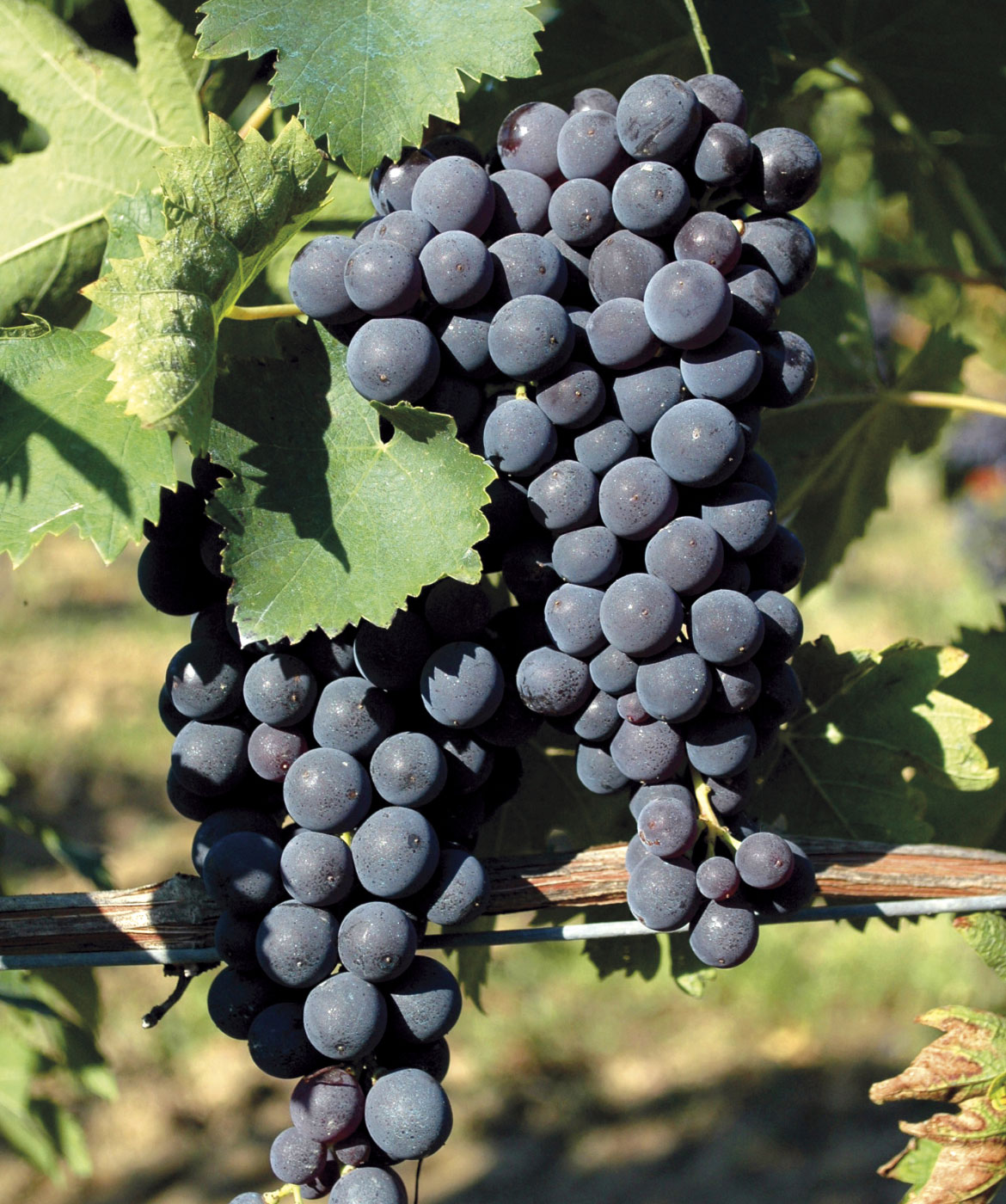
Pugnitello
The name reflects the small fist shape of this variety’s bunches. The leaf is medium in size, pentagon-shaped with five lobes. The bunch is small, light, very short, pyramidal and usually compact. It flourishes well but produces a small yield. The thick and supple skin of its berries conveys good resistance. We obtain a very profound and persistent good-quality wine with soft, elegant tannins. The best expression is achieved on land like ours, with good limestone content. When used as part of a blend it conveys smoothness, silkiness and gustative persistency.
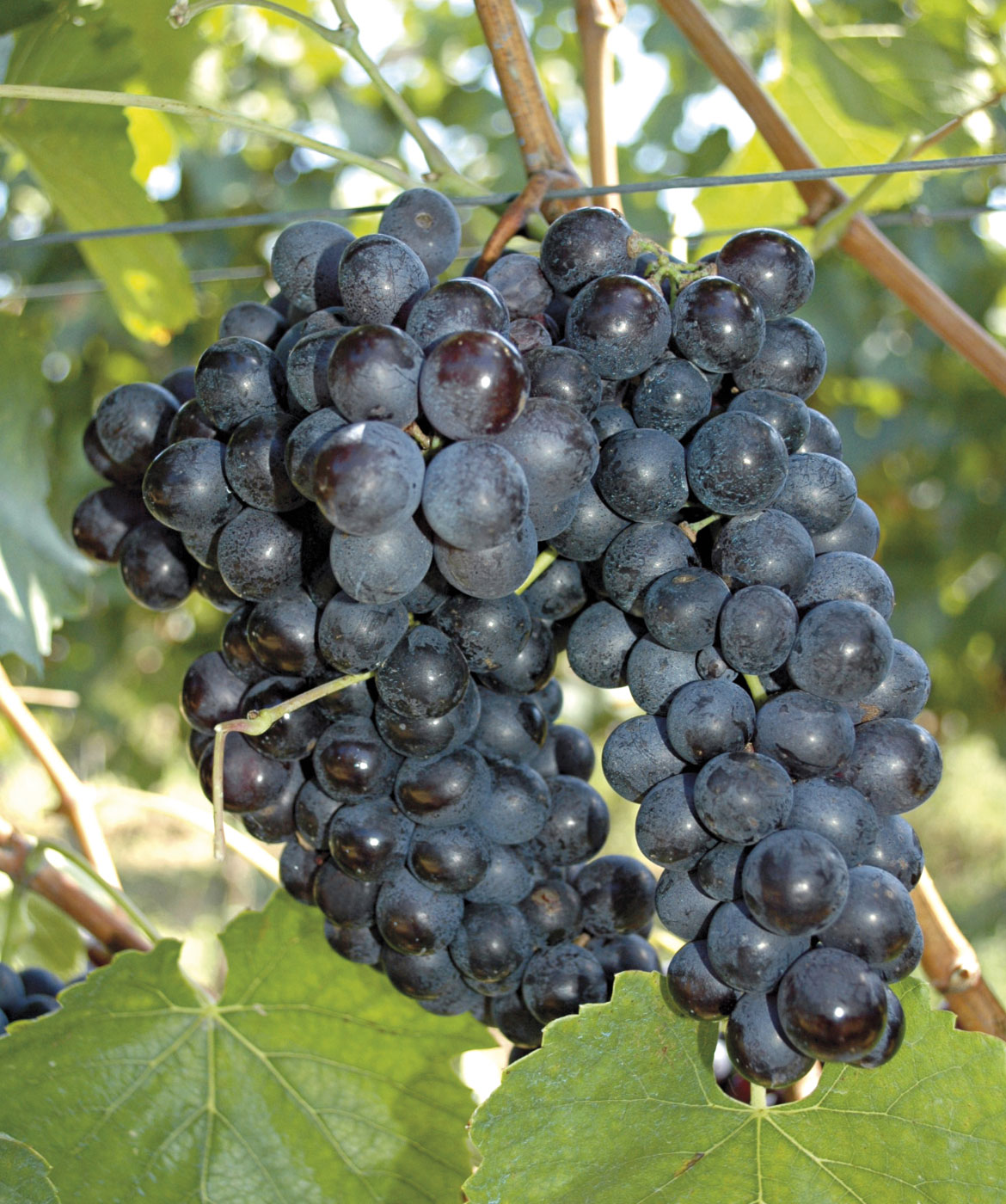
Foglia tonda
The Di Rovasenda ampelography treatise (1877) remembers this grape variety, named after the round shape of the leaf. Medium-sized leaf, whole or with slightly formed lobes. The bunch is medium or medium-large, pyramid-shaped, winged and compact. Production is abundant and constant. The resulting wine is characterised by great aromatic complexity, ranging from floral notes to ripe red fruit, while silky and elegant tannins of excellent length and depth naturally caress the palate. It is undoubtedly the prince of the minor Tuscan varieties, with a really extraordinary personality.
Foglia tonda
The Di Rovasenda ampelography treatise (1877) remembers this grape variety, named after the round shape of the leaf. Medium-sized leaf, whole or with slightly formed lobes. The bunch is medium or medium-large, pyramid-shaped, winged and compact. Production is abundant and constant. The resulting wine is characterised by great aromatic complexity, ranging from floral notes to ripe red fruit, while silky and elegant tannins of excellent length and depth naturally caress the palate. It is undoubtedly the prince of the minor Tuscan varieties, with a really extraordinary personality.

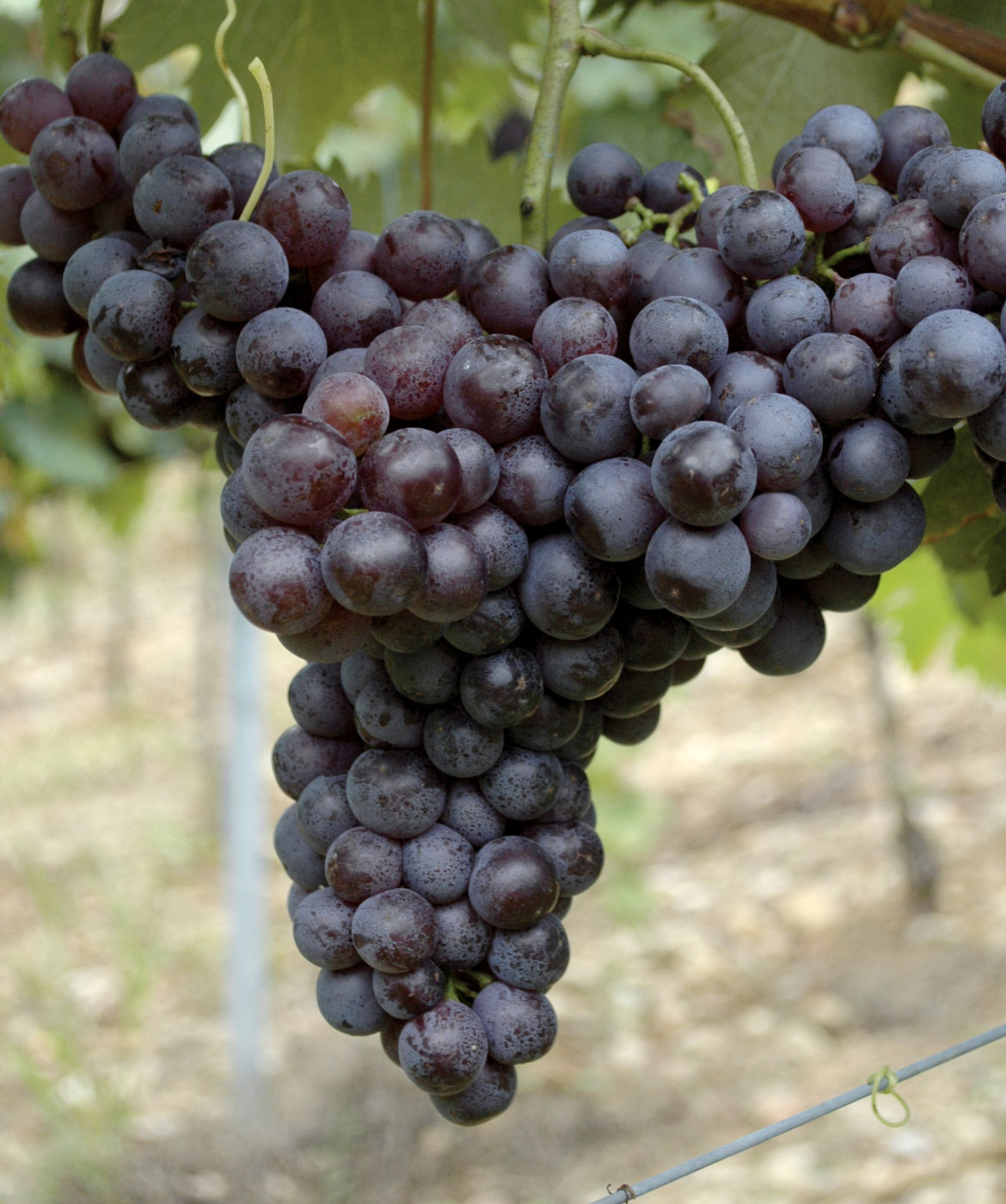
Mammolo
Mammolo is a grape variety of Tuscan origin, as testified from the 17th century by the Florentine Soderini (1600), Micheli (1679) and Trinci (1726). The leaf is medium-sized with three or five lobes, flat and with a smooth surface. The bunch is medium-sized and low in weight, elongated, cylindrical in shape and often with just one, semi-sparse wing. It offers constant and abundant production.The resulting wine is a concentration of finesse and elegance, with very little colour intensity but outstanding perfumes of violets, iris and cherries and with delicate but beautifully long tannins.

Mammolo
Mammolo is a grape variety of Tuscan origin, as testified from the 17th century by the Florentine Soderini (1600), Micheli (1679) and Trinci (1726). The leaf is medium-sized with three or five lobes, flat and with a smooth surface. The bunch is medium-sized and low in weight, elongated, cylindrical in shape and often with just one, semi-sparse wing. It offers constant and abundant production. The resulting wine is a concentration of finesse and elegance, with very little colour intensity but outstanding perfumes of violets, iris and cherries and with delicate but beautifully long tannins.

Sangiovese
Traces of the Sangiovese grape variety can be found in the treatise by Soderini dated 1590, where he describes “Sangiogheto” as being “a remarkable grape variety in terms of regular productivity”, originally from Tuscany according to Molon (1906). With their widely varying phenotypes, our Sangiovese grapes are characterised by medium-small bunches weighing 300 g on average, with one or two wings and sub-rounded, sometimes almost ellipsoid berries with thin skins covered in bloom. The Sangiovese clones were selected for the fineness and smoothness of the tannins, for aromaticity, for the long aging attitude and for the coloring intensity.
Sangiovese
Traces of the Sangiovese grape variety can be found in the treatise by Soderini dated 1590, where he describes “Sangiogheto” as being “a remarkable grape variety in terms of regular productivity”, originally from Tuscany according to Molon (1906). With their widely varying phenotypes, our Sangiovese grapes are characterised by medium-small bunches weighing 300 g on average, with one or two wings and sub-rounded, sometimes almost ellipsoid berries with thin skins covered in bloom. The Sangiovese clones were selected for the fineness and smoothness of the tannins, for aromaticity, for the long aging attitude and for the coloring intensity.
